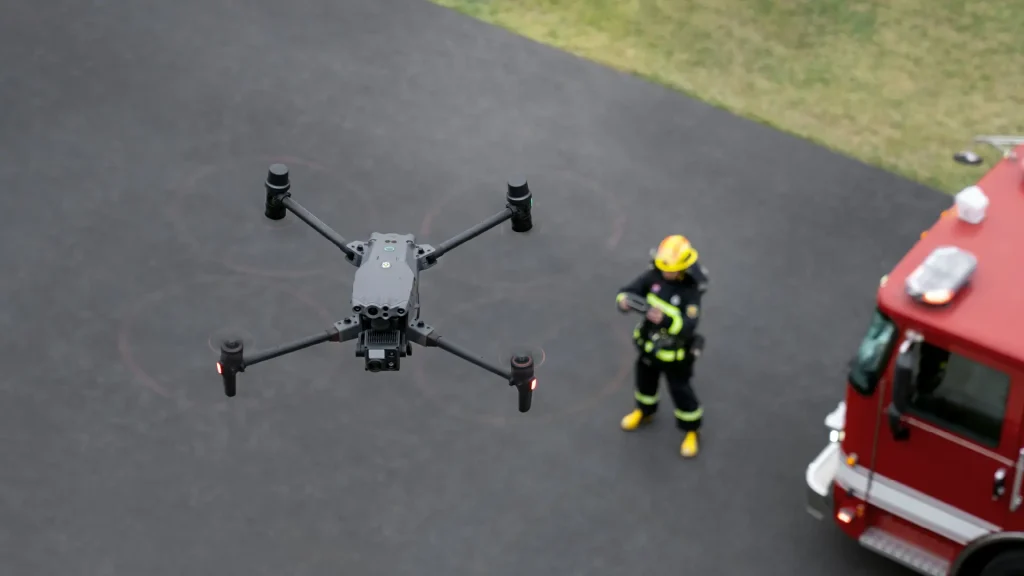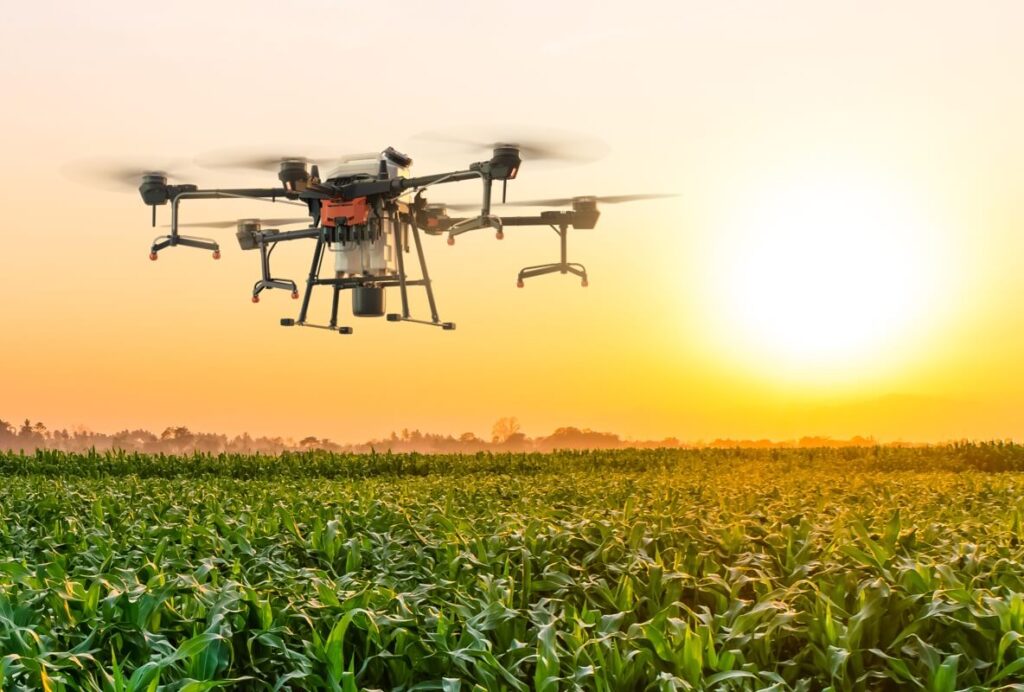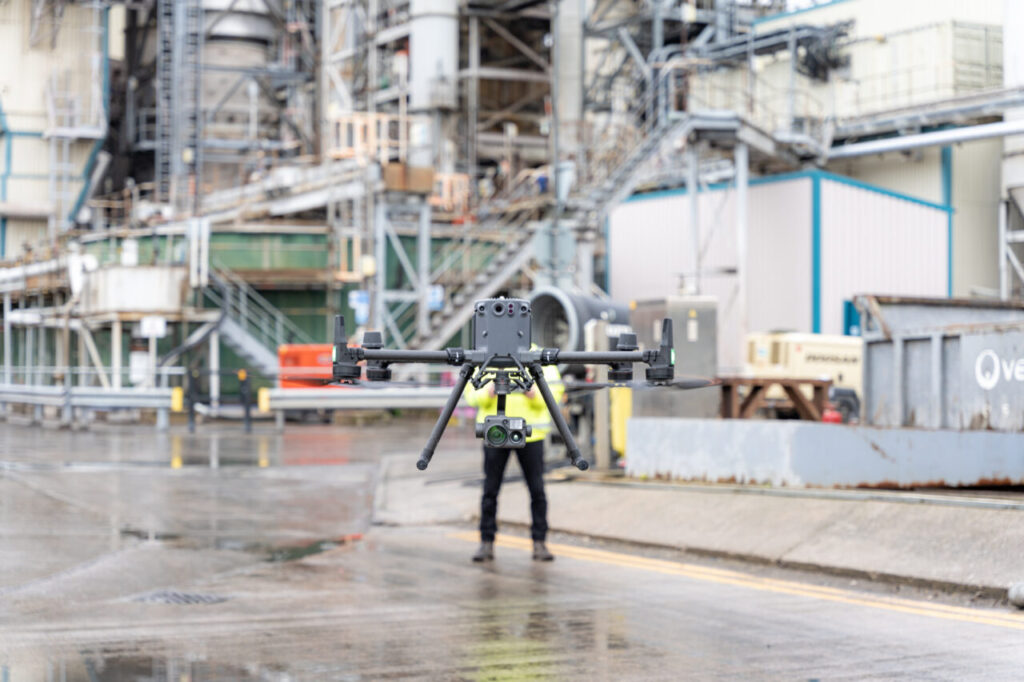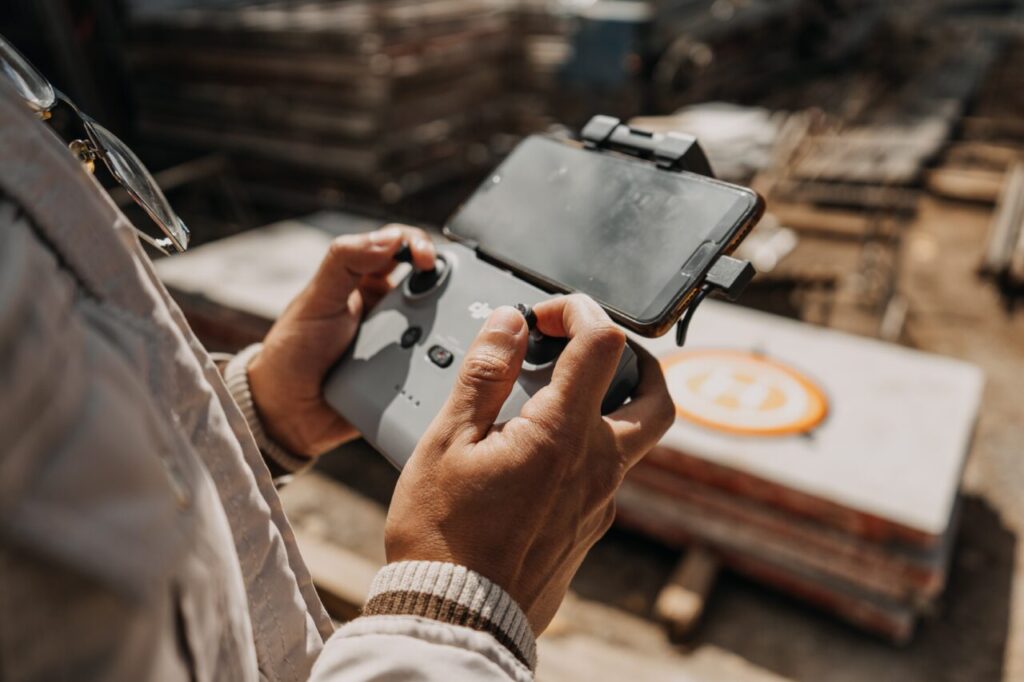Unprecedented natural disasters can cause many casualties when it hits populated areas. Authorities and government bodies will be on highest alert and sparing nothing to save many lives as possible.
Disaster management bodies will be struggling to address rescue missions as well as making ample preparations in regards to the possibilities of worsening conditions. This reason is specifically where authorities need to make quick decisions to ensure the safety of the affected population.
Let’s find out why drone is considered to be the perfect tool in search and rescue (SAR) missions.
INTRODUCTION
Drones first came into the SAR operative scene to act as the replacement for expensive usage of helicopters and light aircraft. This is because using this type of aircraft is proven to be expensive and sometimes are not effective.
Hence, some SAR team adopted UAS (Umanned Aerial System) to further assist the surveillance activity but later on drones proved to be capable to serve other aspects and processes of rescue and accident management operations.
SURVEILLANCE
Of course, drone is widely used in reconnaissance and surveillance in many sectors such as in military. The effectiveness of drones in monitoring and surveillance uses in SAR is mainly credited to its capability to mount many types of camera payload.
Cameras such as thermal camera and high zoom camera are priceless in the SAR operations. Let’s take the example of missing person case which normal SAR operations would normally involve SAR personnel flying in helicopter or light aircraft at a low altitude while scanning the area using naked eye, hoping to catch a glimpse of the missing person.
While this is posibble in mission flat terrain and less dense forest canopy, it is not ideal to do so in elevated Earth surface and dense forestry. Drones such as DJI’s Mavic 2 Enterprise is ideal to be used both in day and night time since it can be fitted with thermal camera and beam light.
Drones are also favoured as it is able to manoeuvre in tight spots and more thorough search operations can be done
In other instances such as flooding, earthquake or accident, drone can be used to monitor the damages, locating and identifying survivors.
Take a better look at how drone is used in SAR scouting and surveillance in the video below.
SAR using thermal camera (During night time)
SAR using high zoom camera
RESCUE OPERATIONS
Drones in rescue operations are mostly used to send in survival kits and foods as well as helping SAR teams to deliver operative tools such as ropes to the victims.
This is more effective than plane or helicopter food drop as drones can drop the packages at the precise location, in case the victims are injured or unable to leave the area. It is very helpful in the sense that rescue teams will take longer time to reach the victims due to obstacles such as treacherous terrains and natural blockades.
DJI Matrice series drones are essentially optimum for these kinds of task as it can carry high payload while still having good visibility. Some of the Matrice series drone such as Matrice 200 is engineered with water and wind resistance features which are suitable for SAR operations.
BOTTOM LINE
Ultimately, drones are getting more and more recognition in various industries, and the effectiveness in SAR is undoubtedly proven. However, few shortcomings such as battery and flight time that can be improved to increase the efficiency of drones usage in SAR missions.
If you keen to explore the industrial drone technology, you can contact us for more information.




